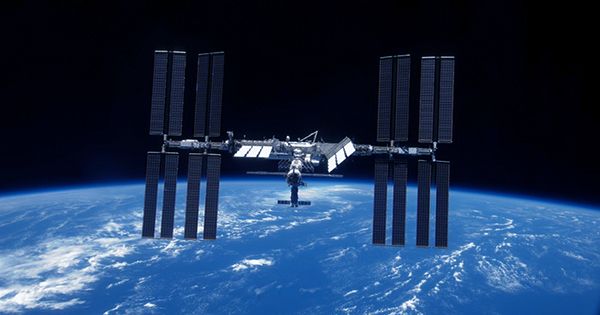Russian news websites reported that the astronaut had discovered the location of three microcracks in the Russian module of the International Space Station (ISS).
The cracks are located in the transfer chamber of the Zvezda module, a place that shares issues related to cracks and oxygen supply. None of this is related and the astronauts are in no danger. Potential cracks have sealed and it appears that in the near future, the transfer chamber will inspected to make sure the leaks have eliminated. Work on this sealing was report by the RIA Novosti news agency, and about a month, later the Russian space agency Roscomos announced the sealing of a possible micro-fisher in the same part of the module.
The current drop in pressure due to leakage is about 0.4 millimeters of mercury per day. This is about 1,500 times smaller than the emergency threshold for a leak, which estimated at 0.5 millimeters of mercury per minute. The ISS shows his age. For more than 20 years, it has settled uninterruptedly – some modules may be out of their planned operating time. Guaranteed multi-ethnic support for the ISS will continue until 2024, and stakeholders are currently deciding what the future holds for the ISS.
Russian news websites reported that the astronaut had discovered the location of three microcracks in the Russian module of the International Space Station (ISS).
The cracks are located in the transfer chamber of the Zvezda module, a place that shares issues related to cracks and oxygen supply.
None of this is related and the astronauts are in no danger. Potential cracks have sealed and it appears that in the near future, the transfer chamber will inspected to make sure the leaks have eliminated. Work on this sealing was report by the RIA Novosti news agency, and about a month, later the Russian space agency
Roscomos announced the sealing of a possible micro-fisher in the same part of the module.
The current drop in pressure due to leakage is about 0.4 millimeters of mercury per day. This is about 1,500 times smaller than the emergency threshold for a leak, which estimated at 0.5 millimeters of mercury per minute. The ISS shows his age. For more than 20 years, it has settled uninterruptedly – some modules may be out of their planned operating time. Guaranteed multi-ethnic support for the ISS will continue until 2024, and stakeholders are currently deciding what the future holds for the ISS.
















